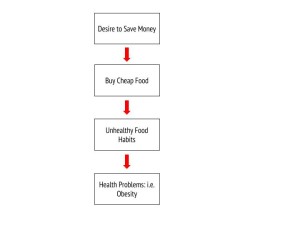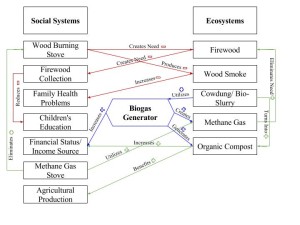- From this site http://www.cepf.net/resources/hotspots/Pages/default.aspx select a single biodiversity hotspot from around the world. In 150- 200 words briefly describe your hotspot and its location. What are some of the threats facing this hotspot? (Use H.I.P.P.O acronym)
For my biodiversity hotspot I chose the Horn of Africa. The Horn of Africa hotspot is located in the north- eastern part of Africa, covering the Rift Valley. Originally the hotspot was 1,659,363 km2 big, but today it is only 82,968 km2 big. Unfortunately, only 5% of the original habit remains today. There are two main threats causing this hotspot in Africa to deteriorate at such a quick rate. The first issue pertains to the H in H.I.P.P.O, which is habitat loss. The people of that area have been harvesting charcoal without government control causing detrimental effects to the hotspot. The second threat deals with the O in the acronym, which is overharvesting. There has been an increasing amount of hunting in the past years which puts many species at potential of extinction. Species such as the beira, dibatag and Speke’s gazelle, who are only found in this area, are facing the biggest threat. Being one of the most degraded hotspots in the world, the Horn of Africa is facing the potential of being completely wiped out.
- In 150- 200 words describe whether or not you value biodiversity and why. Are your views anthropocentric or ecocentric? Why? Do you think future generations will have the same levels of biodiversity?
I think that biodiversity is very important to our everyday way of life. Without biodiversity we would not be able to have some of the life saving medicines that we have today. We also would not have luxuries such as beautiful landscapes and large varieties of species. Though my views of biodiversity may seem anthropocentric, they are in fact ecocentric. While I do value the potential uses we can receive from protecting all these endemic species, it is not my immediate reaction. In simple terms, I receive fulfillment is simple knowing that species are alive, undisturbed and overall healthy. Allowing my future generations to enjoy the diversity just as I have is important to me. Unfortunately, at the current rate of destruction of biodiversity there will be almost nothing for future generations. As I mentioned in my earlier question, a single hotspot is only 5% of its original size. At this rate we risk losing a huge portion of the world’s biodiversity.



